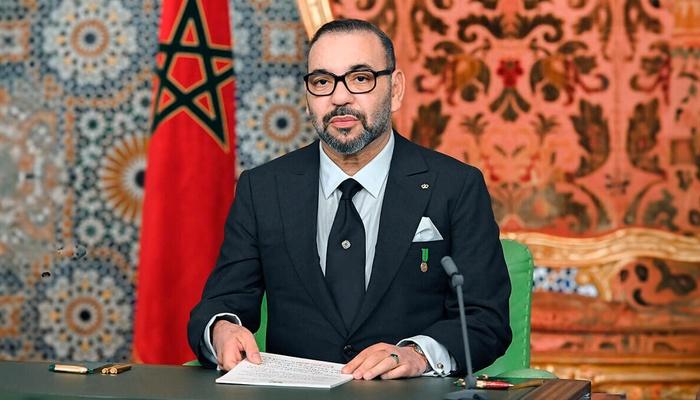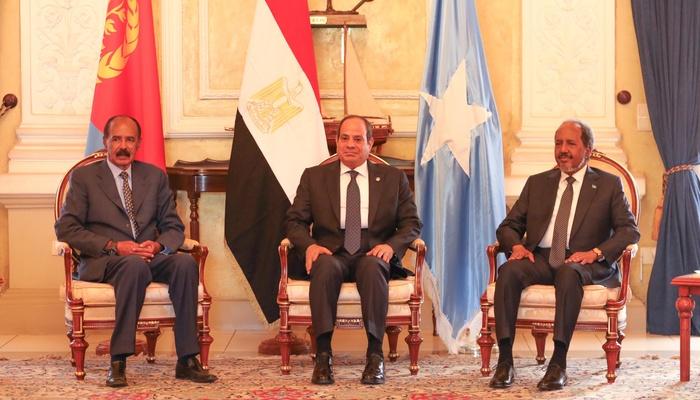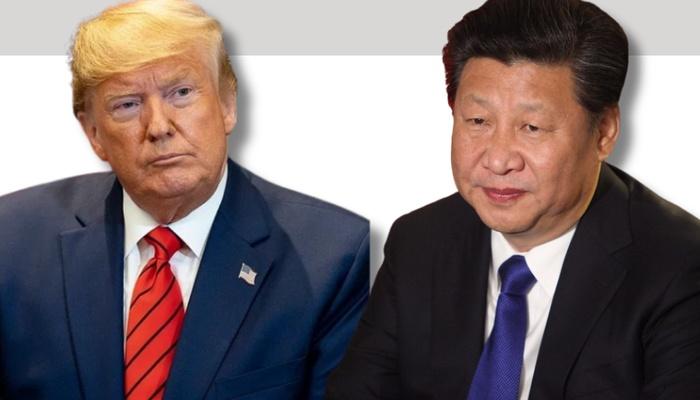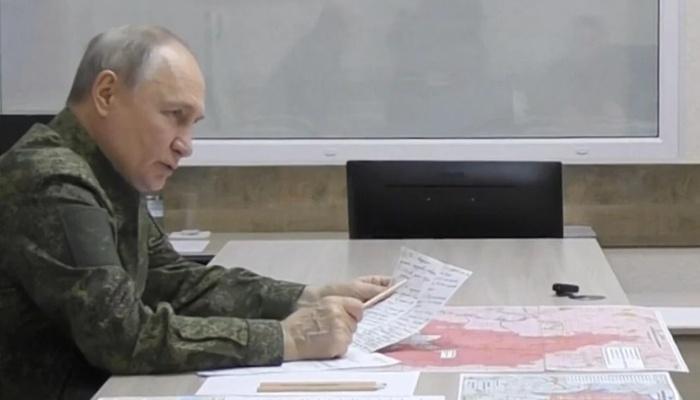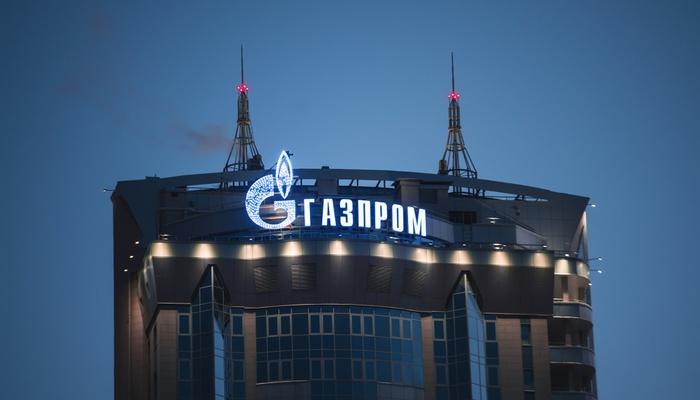Myanmar between civil war and anti-coup resistance
Almost two years after the coup of 1 February 2021 by the Burmese Armed Forces (Tatmadaw), Myanmar is in a state of permanent insecurity and precarious political stability. Indeed, the coup, besides having contributed to the deterioration of the overall macroeconomic framework, has exacerbated internal conflicts, not only between the military junta and the civil resistance movement, expression of the Burmese majority opposition, but also between the Tatmadaw and the numerous ethnic armed organisations active in the territory. In this regard, although the different ethnic organisations share similar claims, such as the right to self-determination and political representation, the positioning of each of them towards the resistance and the Tatmadaw presents nuances that further complicate the national security framework.
Notably, the Kachin Independence Organization and the Karen National Union, which operate in the north-east and south-east of the country respectively, where they control part of the territory, have declared their adhesion to the civil resistance movement, by offering shelter and training to young activists and civilians fleeing cities. Since in the Kachin and Karen communities there is traditionally a high degree of community participation in political decision-making process, it seems reasonable to believe that social pressures have directed the choice to join the diverse resistance movement. On the contrary, the Arakan Army, operating in Rakhine State on the border with Bangladesh, has so far maintained a detached attitude towards the anti-coup movement. The reasons may lie, at least in part, in the independence aspirations of this community, far from the political demands raised by the resistance that calls, among other things, for the restoration of the government prior to February 2021. That executive led by Aung San Suu Kyi, in fact, strongly opposed the autonomist drives of the Rakhine people and, more generally, did not guarantee the safety of ethnic minorities.
The complex security framework of Myanmar is further aggravated by the presence of hundreds of militias deployed in support of the Tatmadaw or armed ethnic organizations. Among the main pro-Tatmadaw militias, there are the Border Guard Forces, composed of 23 units of about 300 men each, placed in control of the porous border areas with Bangladesh, China, Laos, and Thailand. The link with the Tatmadaw allows each unit to receive weapons supplies and financial support as if they belonged to the national army. However, given the budget shortages, the Burmese Armed Forces grant the border militias a fair degree of autonomy in the management of formal and informal activities that contribute to their livelihood. In this context, the production and trade of opiates and methamphetamines provide an important source of revenue for both pro-government militias and armed ethnic groups. As evidence of the importance of opioid cultivation, in 2021 the total area devoted to this crop increased to 30,200 hectares, with much of the production concentrated in the states of Shan and Kachin. This has facilitated an extension of the Burmese drug trade routes through Southeast Asia to Korea, New Zealand, Australia, and Japan. Given the key role of drug traffic as the main source of funding for arms purchases, it is to be expected that the activities related to it will continue, in the short and medium term, especially in the context of increasing militarization and conflict that characterizes the country after the coup. In this context, armed ethnic groups and pro-government militias could aim to expand their cross-border channels by exploiting the geographical location of Myanmar, an integral part of the so-called Golden Triangle, the mountainous area bordering Laos and Thailand, and second only to Afghanistan for opium production. Not surprisingly, the United Wa State Army, an armed ethnic group present in the Eastern Autonomous Division of Wa, has already strengthened its relations with Chinese traffickers active in the area, by establishing itself as a privileged broker for the illegal import of weapons into the country.
Although the Tatmadaw does not seem able to guarantee a widespread control of the territory and stop the weapons traffic in the country, from the point of view of military equipment, the Armed Forces maintain a clear superiority over the numerous armed groups. The Burmese forces, indeed, can count on the Directorate of Defence Industries (Ka-Pa-Sa) for domestic production and on imports from abroad. Notably, between 2000 and 2021, China was the first arms supplier to Myanmar, followed by Russia and India. In November, there was the last purchase by the military regime of 6 FTC-2000G fighters of Chinese origin, probably destined for the Namhsan air base, in the eastern state of Shan, aimed precisely at strengthening air raids against resistance forces and ethnic groups in the region. In addition, through the trade with China, the Ka-Pa-Sa guarantees raw materials, components, and machinery indispensable for the domestic development of weapons systems.
The individual armed groups, therefore, do not seem to have the appropriate military equipment at their disposal to really question the regime survival. However, the recent increase in the number of attacks carried out by ethnic groups and the People’s Defence Forces, an important resistance group of pro-democracy activists, has led to multiple losses in the ranks of the Tatmadaw. This underlines the difficulties of the Burmese Army in countering the various opposition forces, which, although not acting in a coordinated and organised manner, may constitute a potential threat to the stability of the regime.
Within this framework, the junta can rely on the support of important regional actors to ensure the resilience of the military government, in the short to medium term. In particular, China and India, although motivated by opposing strategic interests, have never interrupted trade and diplomatic relations with Myanmar, which, on the contrary, plays the leading role in the wider game of regional influence. The People’s Republic, by sharing over 2,000 kilometres of border with Myanmar, aims at stabilizing the country in order to protect its national security and complete the connectivity projects included in the “Belt and Road Initiative”. For its part, India also looks with great interest to Myanmar, a country at the heart of the Act East Policy, the strategy for the neighbourhood launched by the government of Narendra Modi. In this framework, Delhi aims to complete the cross-border connectivity project “IMT Highway”, which aims to connect India, Myanmar and Thailand through a series of road infrastructure. At the same time, the junta has concluded an agreement with the Bangladeshi border authorities to share information about the movements of armed groups along the border and to launch joint military operations against them.
In a context in which the military junta continues to have the support of key regional actors and to obtain economic resources with which to finance repressive actions, the short to medium-term outlook for the country could be that of a crystallisation of the conflict, with a consequent deterioration of the population’s living conditions. At the moment, in fact, in the absence of unlikely joint and coordinated operations by a united front of ethnic organisations and resistance, the military junta does not appear to risk losing control of the country. However, the absence of answers to the growing social and economic problems poses the risk, in perspective, of expanding the ranks of the opposition groups and completely transforming the scenario.
